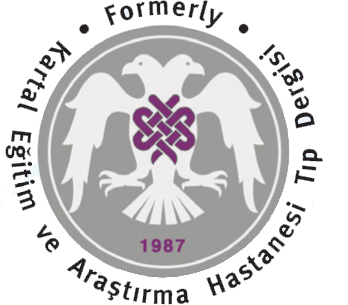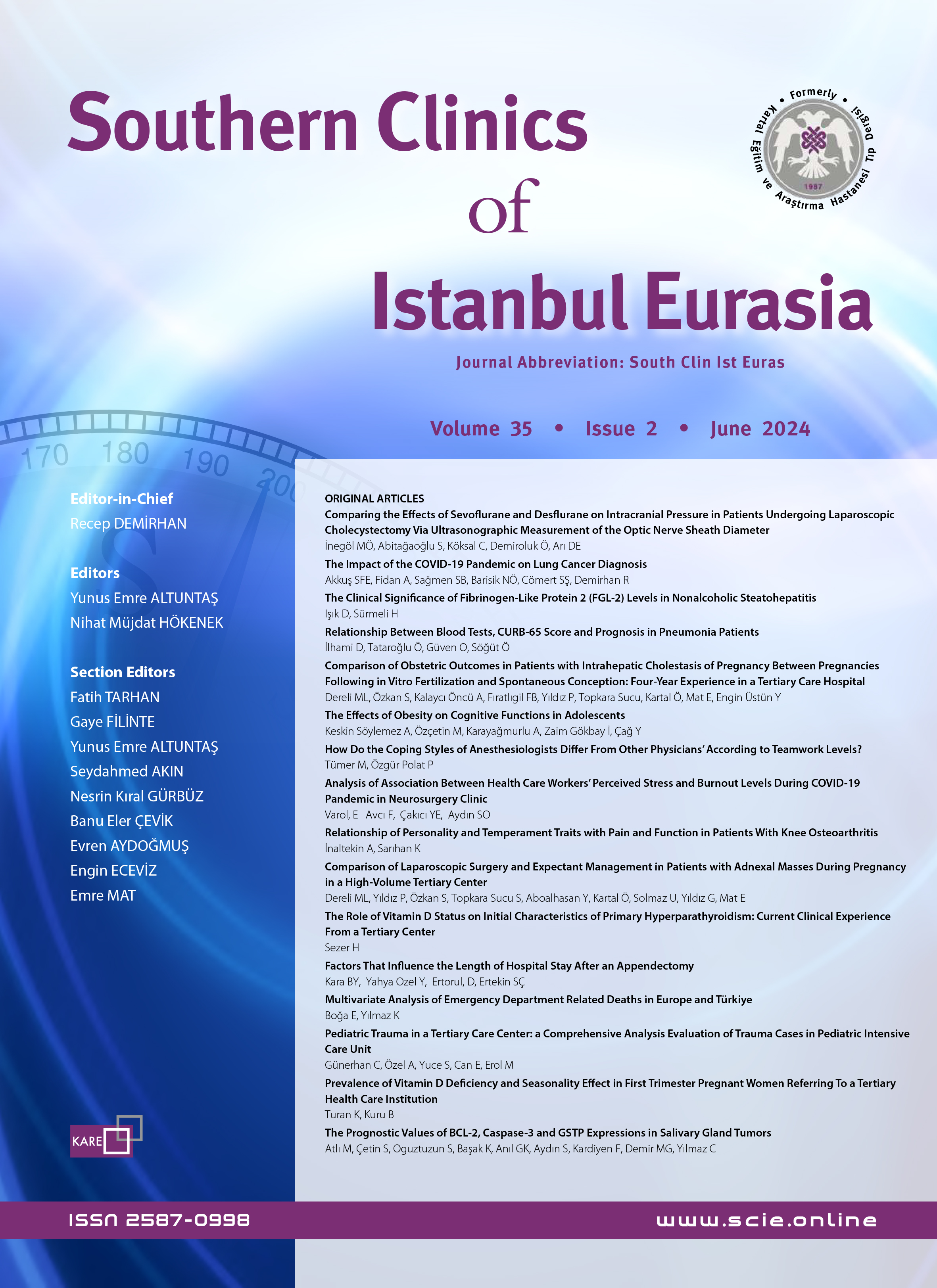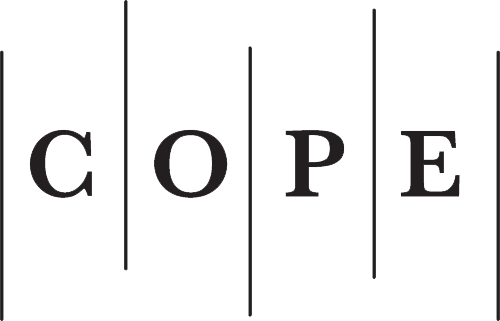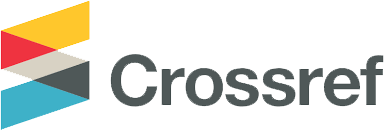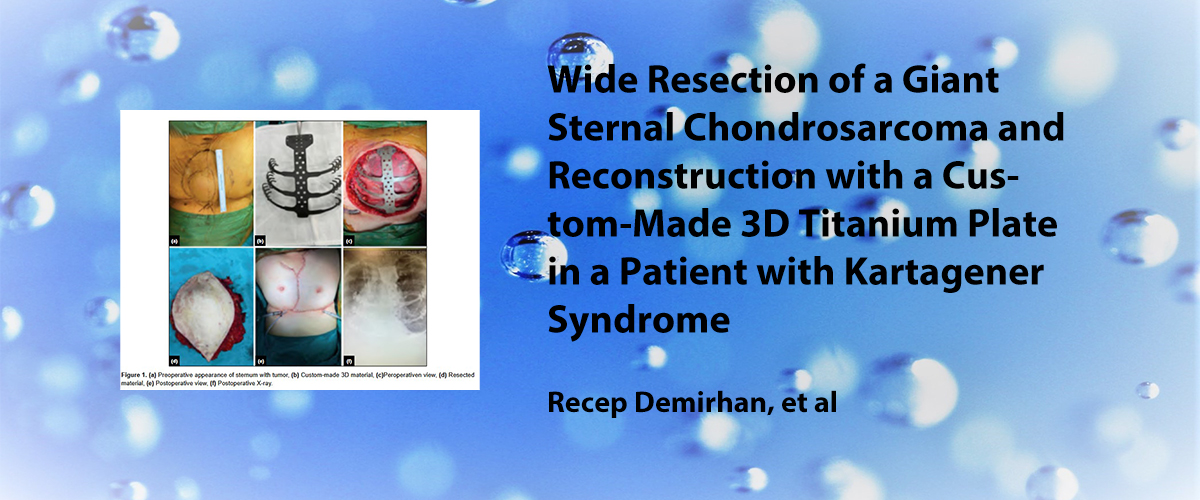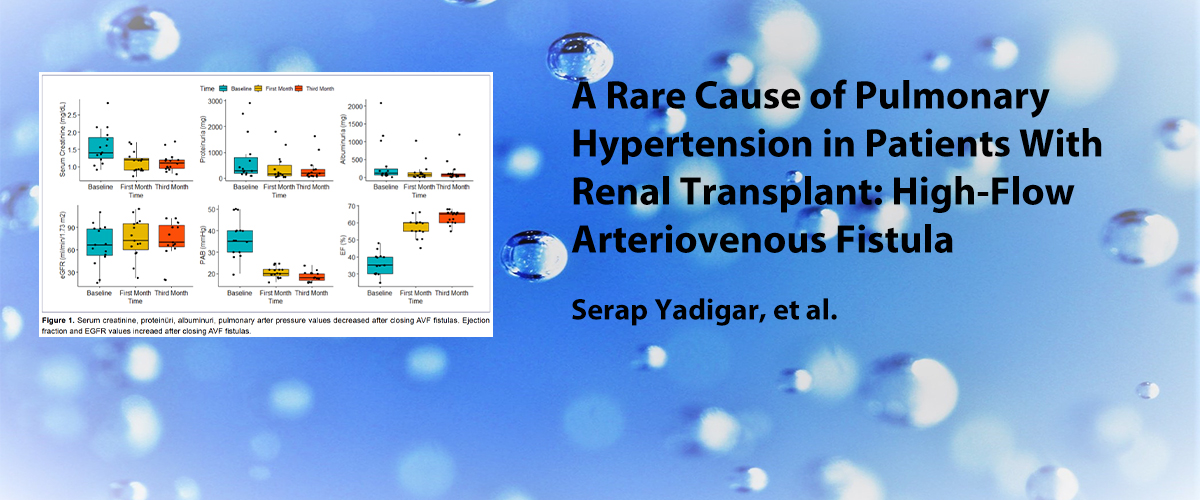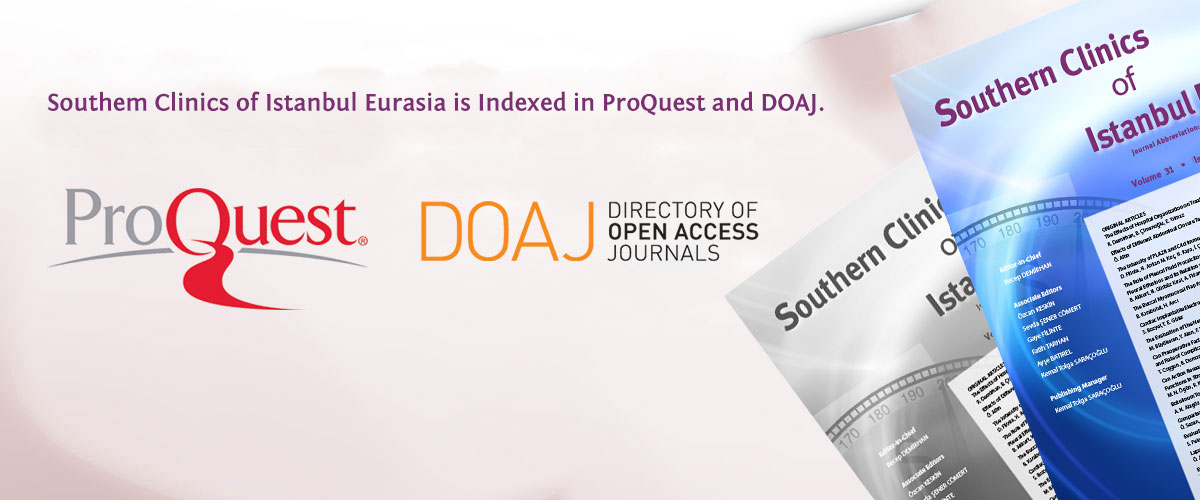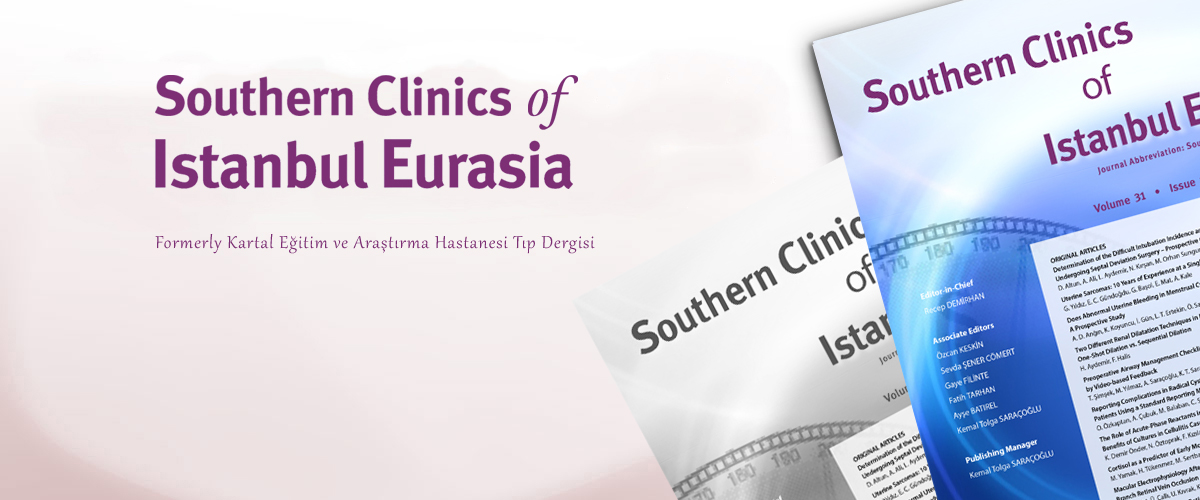ISSN : 2587-0998
Posterior Servikal Spinal Enstrümantasyonda Uygulama Güvenliği İçin Pedikül Çapları ve Açılarının Üç Boyutlu Bilgisayarlı Tomografi İle Ölçümleri
Ali Börekci1, Tufan Hiçdönmez212
Amaç: Servikal pedikül vida tekniği omurganın sagital diziliminin restorasyonu için yüksek korreksiyon kabiliyeti sağlayarak rijit fiksasyona olanak sağlar. Tekniğin zorluğu ve önemli nörovasküler yapılara komşuluğundan dolayı, cerrahlar alt servikal omurgada pedikül enstrümantasyonu yapmadan önce hastanın bireysel anatomisini ayrıntılı olarak değerlendirmelidir.
Gereç ve Yöntem: Bu çalışmada, posterior servikal spinal enstrümantasyonda C3-C7 arası vertebral pediküllerin genişlikleri, yükseklikleri, transvers açıları ve pedikül vidalarının maksimum uzunlukları, preoperatif dört yönlü direkt grafi, ince kesit bilgisayarlı tomografi (BT) ve 3 boyutlu bilgisayarlı tomografi (3B-BT) görüntüleri ile 50 erişkin hastada iki taraflı değerlendirilerek veritabanı elde edildi.
Bulgular: Elde edilen verilere göre C3 vertebrasından C7 vertebrasına doğru kaudale doğru inildikçe pedikül yüksekliğinin, pedikül genişliğinin ve yerleştirilebilecek maksimum vida boyunun giderek arttığı; transvers pedikül açısının ise C3-5 arası artıp, C5-7 arası azaldığı belirlendi. Ortalama maksimum vida uzunluğu 29.7 mm ile 33.1 mm arasında bulundu.
Sonuç: Bu değişkenlerin cerrahi uygulamalarda pedikül vidalarının pediküle uygun yerleştirilebilmesi için önemi vurgulandı.
Three-Dimensional Computed Tomography Measurements of Pedicle Diameters and Angles for the Safety of Posterior Cervical Spinal Instrumentation
Ali Börekci1, Tufan Hiçdönmez21Department of Neurosurgery, Istan-bul Fatih Sultan Mehmet Training and Research Hospital, Republic of Türkiye University of Health Sciences2Department of Neurosurgery, Liv Hospital Vadi Ulus İstinye University Faculty of Medicine İstanbul, Türkiye
Objective: The cervical pedicle screw fixation technique ensures rigid stabilization by offering superior correction capability for the restoration of the sagittal alignment of the cervical spine. Given the technical complexity of this procedure and its proximity to critical neurovascular structures, it is imperative for surgeons to thoroughly assess the patients anatomy before undertaking pedicle instrumentation in the lower cervical spine. This comprehensive evaluation is crucial for minimizing risks and ensuring optimal surgical outcomes.
Methods: In the present study, the widths, heights, transverse angles, and maximum lengths of pedicle screws of the vertebral pedicles between C3 and C7 in posterior cervical spinal instrumentation were bilaterally evaluated in 50 adult patients using preoperative four-way direct radiographs, thin-section computed tomography (CT) scans, and 3-dimensional CT (3D-CT) images.
Results: The results revealed that pedicle height, pedicle width, and maximum screw length increased gradually as we descended caudally from the C3 vertebra to the C7 vertebra, whereas the transverse pedicle angle increased between C3 and C5 and decreased between C5 and C7. The mean maximum screw length varied between 29.7 mm and 33.1 mm.
Conclusion: The findings of this study emphasize the importance of the widths, heights, transverse angles, and maximum lengths of pedicle screws for their appropriate placement into the pedicle in surgical procedures.
Makale Dili: İngilizce

